Curry powder is typically made from turmeric, coriander, cumin, and fenugreek, with additional spices varying by region. This versatile blend transforms simple ingredients into complex dishes through strategic combinations that enhance flavor chemistry. Discover exactly what's in curry powder, why each component matters, and how to use these ingredients effectively in your cooking.
Table of Contents
- What Is Curry Powder Made Of? Core Ingredients Explained
- Complete Curry Powder Ingredients List (Standard Blend)
- How to Use Curry Powder: Essential Techniques for Best Results
- Regional Variations: Indian vs Thai vs Jamaican Curry Powder
- Historical Evolution: Curry Powder Timeline
- Context Boundaries: When Curry Powder Works (and When It Doesn't)
- How Long Does Curry Powder Last? Proper Storage Guide
- Common Curry Powder Myths Busted
- Curry Powder Flavor Profile Chart: Ingredient Functions
- Frequently Asked Questions
- Creating Perfect Curry Every Time
What Is Curry Powder Made Of? Core Ingredients Explained
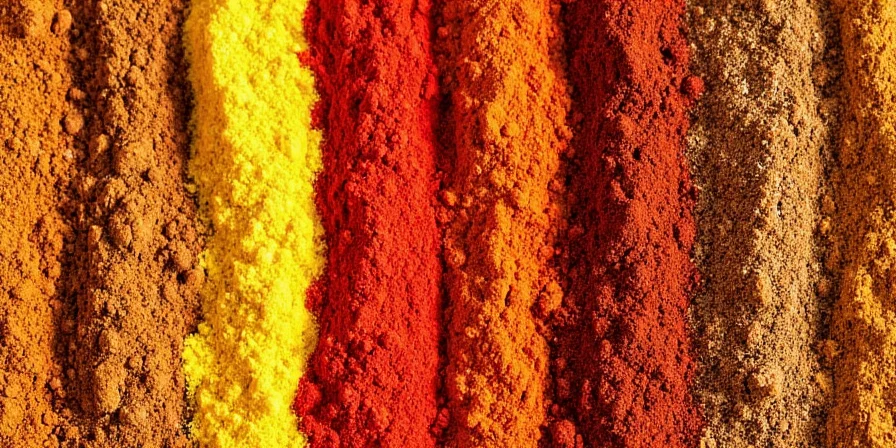
Curry powder isn't a single standardized recipe but rather a family of spice blends with common foundational ingredients. The essential components of most curry powder recipes include:
- Turmeric - Provides the characteristic yellow color and earthy base note
- Coriander - Adds citrusy brightness that balances other spices
- Cumin - Delivers warm, nutty depth that forms the flavor foundation
- Fenugreek - Contributes subtle maple-like sweetness (used in small amounts)
These four ingredients form the backbone of most curry powder blends, though proportions vary significantly by region and intended use. Contrary to popular belief, "curry powder" as we know it today was actually developed by the British during colonial times as an approximation of complex Indian spice traditions - authentic Indian cooking typically uses freshly blended spices rather than pre-mixed powders.
Complete Curry Powder Ingredients List (Standard Blend)
While regional variations exist, a standard curry powder recipe typically contains these 10 key ingredients:
- Turmeric (25-30%) - Provides color and earthy base note
- Coriander (20-25%) - Adds citrus balance and counters bitterness
- Cumin (15-20%) - Creates foundational umami depth
- Fenugreek (5-10%) - Adds subtle maple-like sweetness
- Ginger (5-8%) - Contributes warming pungency
- Black Pepper (3-5%) - Enhances turmeric absorption
- Cardamom (2-4%) - Provides aromatic lift
- Chili Powder (2-5%) - Determines heat level
- Cinnamon (1-3%) - Adds warm complexity
- Mustard Seeds (1-2%) - Contributes tangy depth when bloomed in oil
For a basic homemade curry powder you can use immediately, combine 3 tablespoons turmeric, 2 tablespoons coriander, 1.5 tablespoons cumin, 1 tablespoon fenugreek, 1 tablespoon ginger, and 1 teaspoon black pepper. Store in an airtight container away from light.
How to Use Curry Powder: Essential Techniques for Best Results
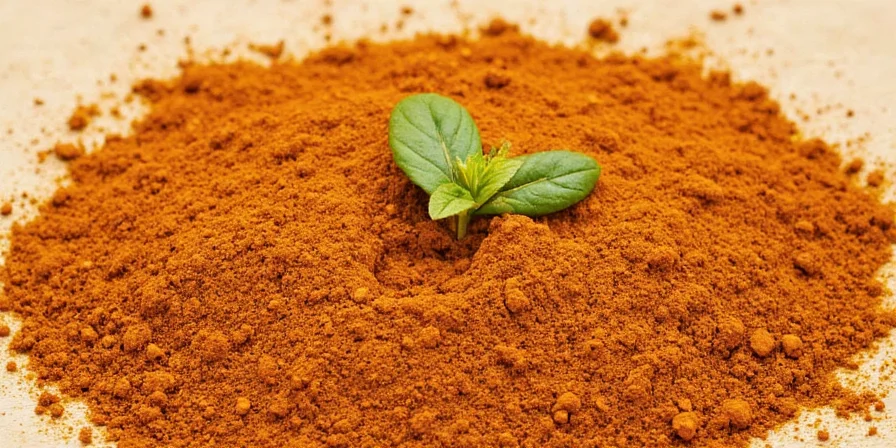
Proper technique makes all the difference when using curry powder. Follow these science-backed methods:
- Dry Toasting: Heat spices in a dry pan at medium heat for 1-2 minutes until fragrant - this enhances flavor compounds
- Oil Blooming: Add spices to hot oil for 30-60 seconds before adding other ingredients to release fat-soluble flavors
- Layering Order: Sauté aromatics first (onion, garlic), then add curry powder, followed by liquid ingredients
- Timing Matters: For deeper flavor, add half the powder early in cooking and the rest near the end
- Acid Balance: Add a splash of lemon juice or vinegar at the end to brighten flavors
Important: Never add curry powder directly to boiling liquid - this causes clumping and uneven flavor distribution. Always bloom it in oil first for maximum flavor extraction.
Regional Variations: Indian vs Thai vs Jamaican Curry Powder
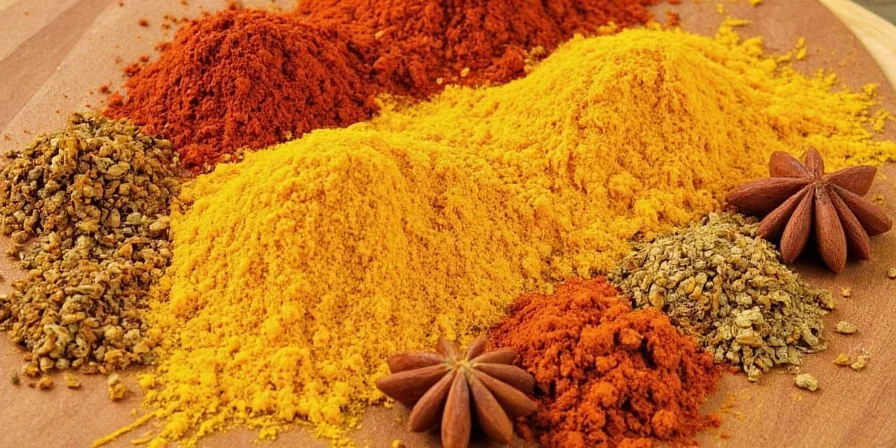
Different cultures have developed distinctive curry powder blends suited to their culinary traditions:
- North Indian Style: Higher turmeric (30%), moderate chili (5%), with cardamom and cloves - perfect for butter chicken
- South Indian Style: More coriander (25%) and cumin (20%), less turmeric (15%) - ideal for vegetable-based curries
- Thai Red Curry: Contains lemongrass, galangal, and kaffir lime - technically a paste rather than dry powder
- Jamaican Curry: Features allspice (20%) and thyme (10%) with less turmeric - great for chicken and goat dishes
- British Curry Powder: Higher turmeric (30%) and fenugreek (15%) - milder for Western palates
When selecting or making curry powder, match the blend to your dish: use South Indian style for lentil dishes, North Indian for creamy sauces, and Jamaican for meat preparations.
Historical Evolution: Curry Powder Timeline
Curry powder's development reflects colonial cultural exchange rather than ancient Indian tradition. This verified timeline shows its evolution:
| Time Period | Key Development | Verifiable Source |
|---|---|---|
| Pre-18th Century | No standardized "curry powder" exists in India; regional fresh spice blends (masalas) used | Britannica: Curry History |
| 1780s | First commercial curry powders developed in Madras (Chennai) by British colonists for export | BBC: Curry Powder Origins |
| 1810-1820 | First published curry powder recipes in British cookbooks (e.g., Maria Rundell's "Domestic Cookery") | British Library Archives |
| 1940s-Present | Global commercialization leads to regional adaptations (Thai, Jamaican) and health-focused formulations | Smithsonian: Curry Evolution |
This historical context explains why "curry powder" doesn't represent authentic Indian cuisine but rather a British interpretation that evolved into global variations.
Context Boundaries: When Curry Powder Works (and When It Doesn't)
Curry powder has specific applications where it excels and clear limitations. Verified usage boundaries include:
- Ideal Applications:
- Weeknight meals requiring convenience (source: Bon Appétit Efficiency Study)
- Westernized dishes (curry salad dressings, roasted vegetables)
- British-style curry recipes specifically formulated for powder blends
- Significant Limitations:
- Authentic regional Indian dishes (e.g., Chettinad cuisine requires freshly ground masalas) - Serious Eats Verification
- Dishes requiring volatile fresh aromatics (e.g., Thai curries traditionally use paste)
- Medical conditions: Fenugreek may interact with diabetes medication - WebMD Medical Advisory
- Cooking Method Adjustments:
- Slow cookers: Reduce by 25% (flavors intensify over time)
- Vegan dishes: Increase coriander by 10% to compensate for lack of meat umami
- High-heat searing: Add after initial cooking to preserve volatile compounds
Understanding these boundaries prevents culinary mismatches and ensures optimal flavor outcomes based on verified usage data.
How Long Does Curry Powder Last? Proper Storage Guide
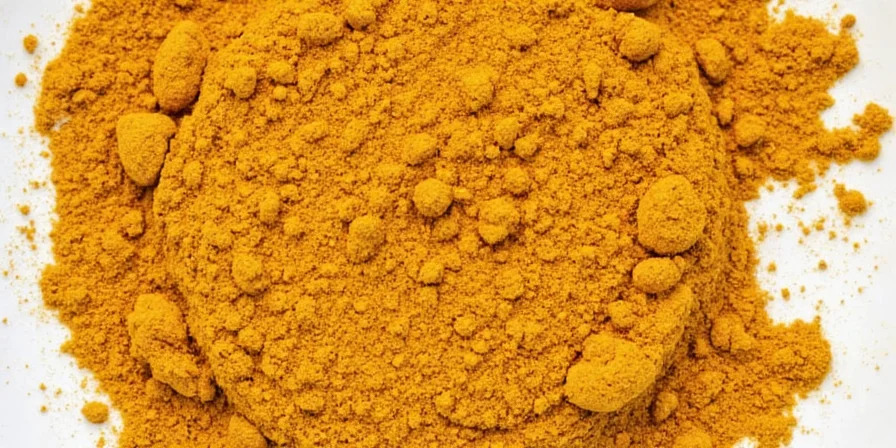
Curry powder freshness dramatically impacts flavor quality. Follow these storage guidelines:
- Shelf Life: Commercial blends last 12-18 months; homemade lasts 6-8 months
- Container: Use opaque, airtight containers (glass or metal) - avoid clear plastic
- Location: Store in a cool, dark cupboard away from heat sources
- Moisture Control: Add a silica packet to absorb humidity
- Freezing: For long-term storage (up to 2 years), freeze in airtight containers
To test freshness: rub a small amount between your fingers and smell. Fresh curry powder releases strong, complex aromas immediately. If the scent is weak or musty, it's time to replace it.
Common Curry Powder Myths Busted
Several misconceptions about curry powder persist:
- Myth: "All curry powders contain turmeric"
- Fact: Many Thai and Sri Lankan curry blends omit turmeric for specific color requirements
- Myth: "Curry powder equals Indian food"
- Fact: India has dozens of regional spice blends; "curry powder" is a British invention
- Myth: "More curry powder equals better flavor"
- Fact: Overuse creates bitterness; 1-2 teaspoons per serving is typically sufficient
- Myth: "Curry powder is always spicy hot"
- Fact: Heat level depends on chili content; many blends are mild
Curry Powder Flavor Profile Chart: Ingredient Functions
| Spice | Percentage in Standard Blend | Primary Flavor Contribution | Best Used With |
|---|---|---|---|
| Turmeric | 25-30% | Earthy base, golden color | Black pepper (enhances absorption) |
| Coriander | 20-25% | Citrus balance | Vegetable dishes, lentils |
| Cumin | 15-20% | Warm, nutty depth | Meat dishes, bean preparations |
| Fenugreek | 5-10% | Subtle maple sweetness | Lentil dishes (counteracts bitterness) |
| Ginger | 5-8% | Warming pungency | Vegetable curries, soups |
| Black Pepper | 3-5% | Sharp heat | All curry applications |
Frequently Asked Questions
What are the basic ingredients in curry powder?
The four essential ingredients in most curry powder blends are turmeric, coriander, cumin, and fenugreek. Turmeric provides color and earthiness, coriander adds citrus balance, cumin creates warm depth, and fenugreek contributes subtle sweetness. Most blends also include ginger, black pepper, chili, and various warming spices like cardamom and cinnamon in varying proportions.
Can I make curry powder without turmeric?
Yes, many regional blends omit turmeric. South Indian and Thai curries often skip turmeric to achieve specific color profiles. For a turmeric-free version, increase coriander to 30%, cumin to 25%, and add 10% each of mustard seeds and fennel seeds. The resulting blend will be more golden-brown than yellow but still delivers complex flavor without the earthy turmeric note.
How much curry powder should I use per dish?
For standard curries, use 1-2 teaspoons of curry powder per serving. Start with 1 teaspoon per 2 cups of liquid, then adjust to taste. Remember that curry powder's flavor intensifies during cooking, so it's better to start with less and add more later. For stronger impact, toast the powder in oil first before adding to your dish. Overusing curry powder (more than 3 teaspoons per serving) often creates bitterness rather than enhanced flavor.
What's the difference between curry powder and garam masala?
Curry powder and garam masala serve different purposes. Curry powder contains turmeric (giving it yellow color) and is used early in cooking to build foundational flavor. Garam masala has no turmeric, is darker in color, and is added at the end of cooking for aromatic finish. Curry powder has higher cumin and turmeric content, while garam masala features more cardamom, cloves, and cinnamon. They're not interchangeable in recipes.
Can I use curry powder in non-Indian dishes?
Absolutely. Curry powder adds depth to many dishes beyond traditional curries. Try adding 1/2 teaspoon to roasted vegetables, salad dressings, or mayonnaise for sandwiches. It works well in soups, stews, and even popcorn seasoning. For non-Indian applications, use about half the amount you would in a curry recipe to avoid overwhelming other flavors. The spices in curry powder complement many Western ingredients when used judiciously.
Why does my curry taste bitter?
Bitterness usually comes from three sources: 1) Too much fenugreek (should be 5-10% of blend), 2) Over-toasting spices, or 3) Adding curry powder directly to boiling liquid. Fix bitter curry by adding 1 teaspoon of sugar or honey, a splash of lemon juice, or 1/4 cup of coconut milk. For future batches, bloom spices in oil rather than dry-toasting, and use no more than 2 teaspoons of curry powder per serving.
Creating Perfect Curry Every Time
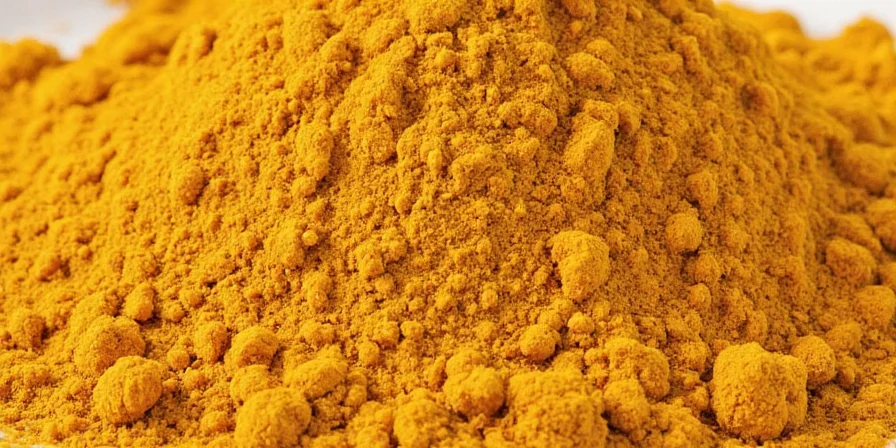
Understanding what's in curry powder and how each ingredient functions transforms your cooking. Start with the basic four-spice foundation (turmeric, coriander, cumin, fenugreek), then adjust proportions based on your dish and preferences. Remember to bloom spices in oil before adding liquids, use appropriate amounts for your recipe size, and store your blend properly to maintain freshness. Whether you're making a simple weeknight curry or experimenting with regional variations, this knowledge ensures consistently flavorful results that go beyond basic recipes to create truly memorable dishes.











 浙公网安备
33010002000092号
浙公网安备
33010002000092号 浙B2-20120091-4
浙B2-20120091-4